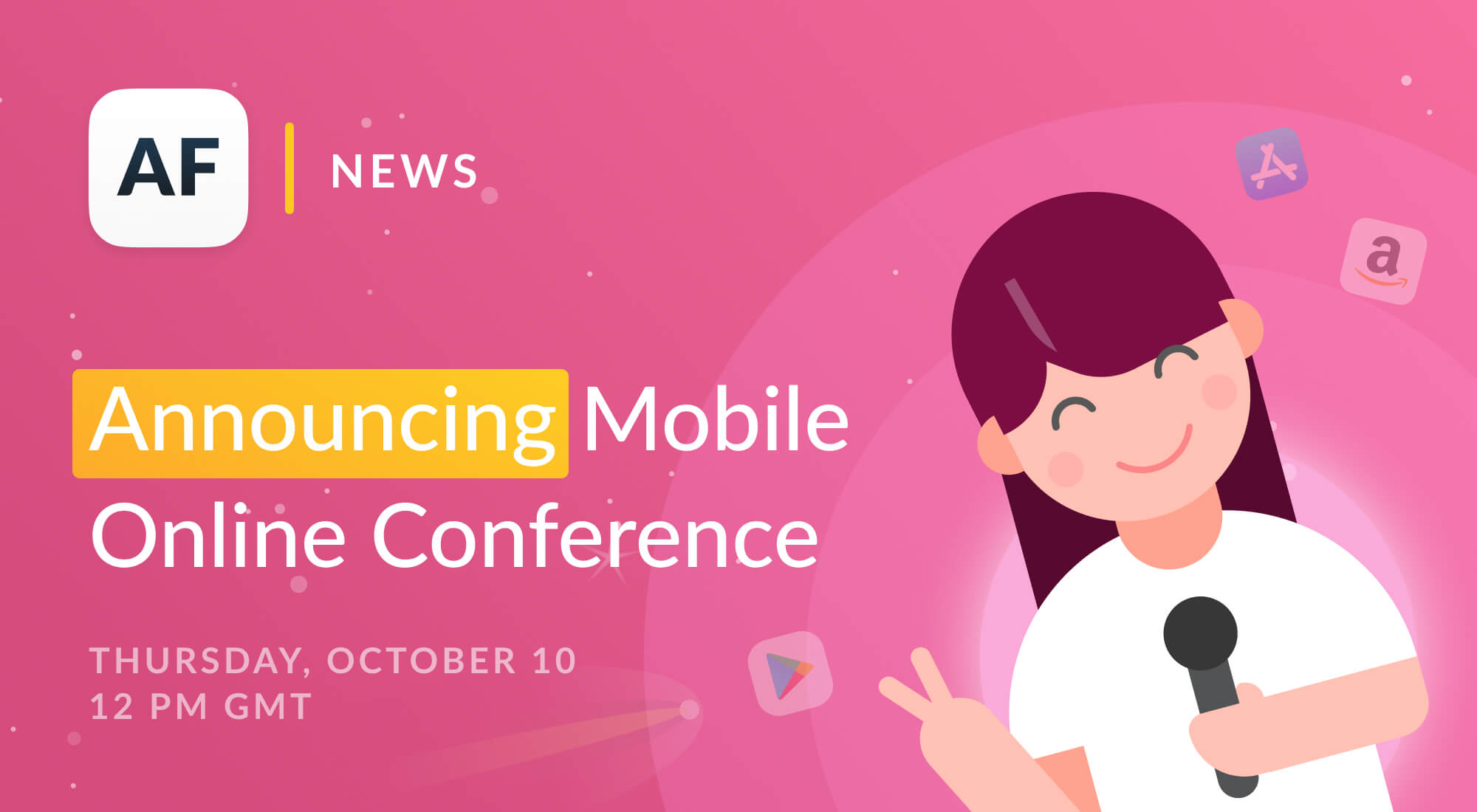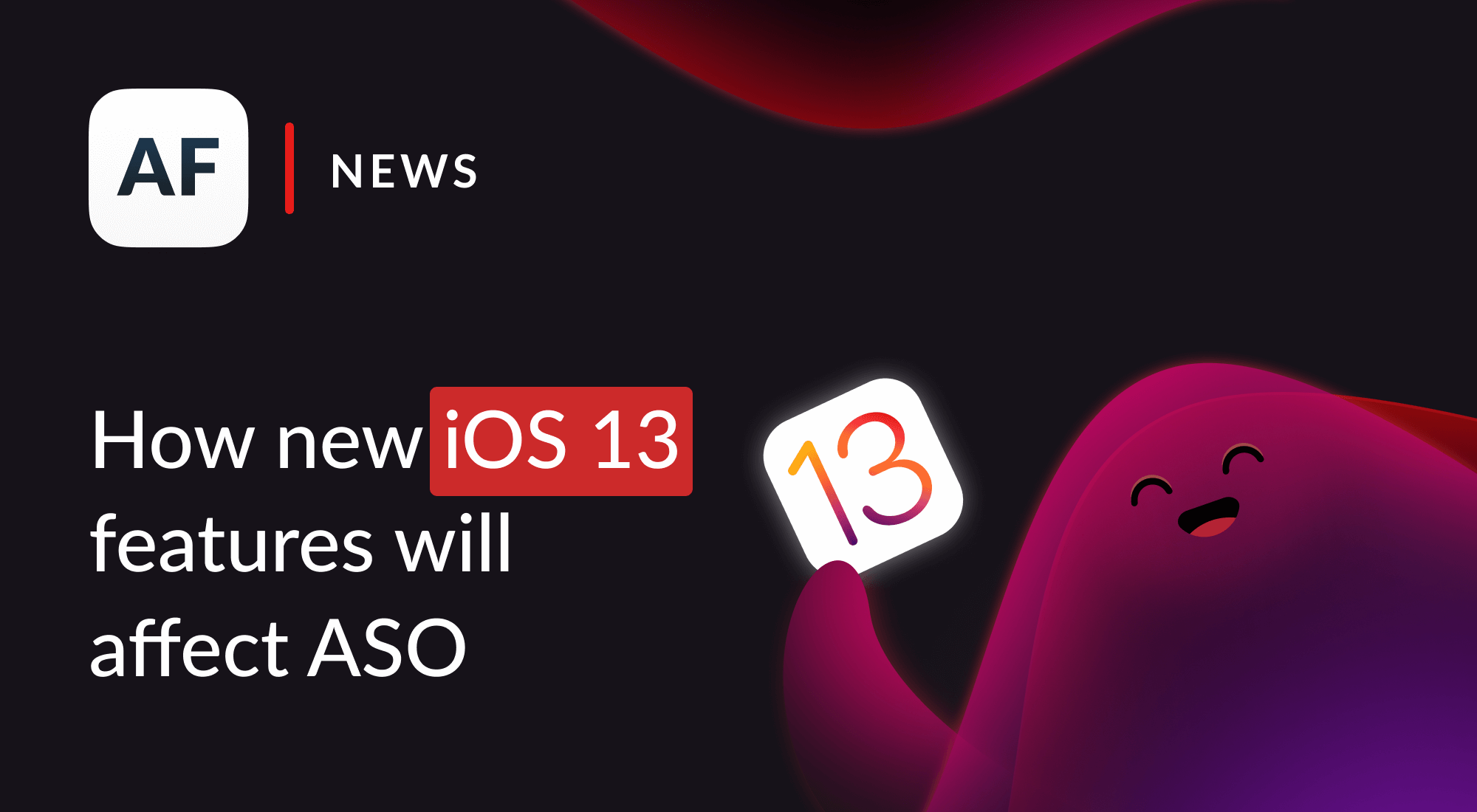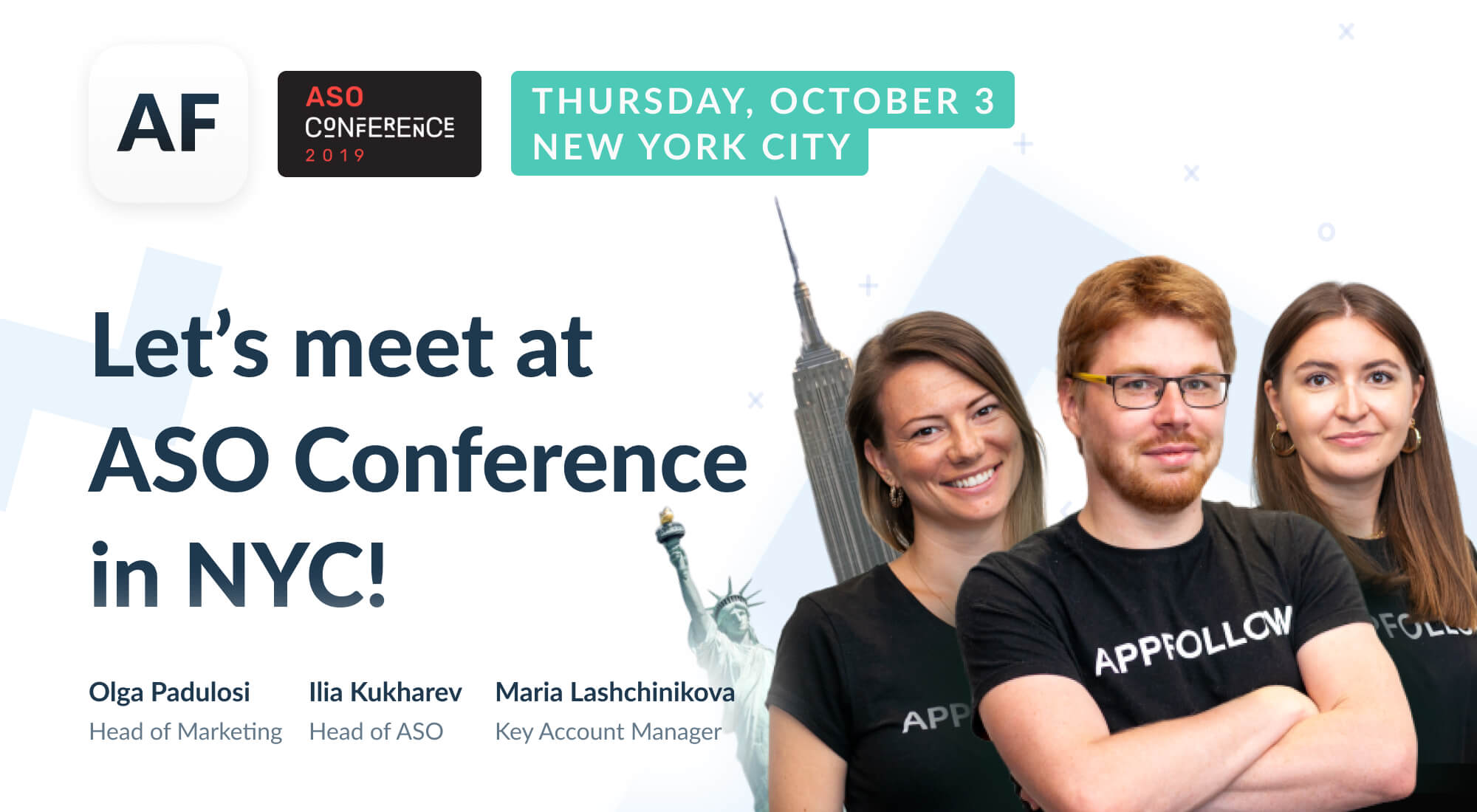How Does Organic Uplift and Cannibalization Affect Your ASO?

Without exception, every app marketer (including both organic and paid marketers) should be well-versed in the fundamentals of organic uplift and cannibalization.
In the early days of ASO, organic uplift was synonymous with companies that employed bursting strategies, where apps acquired large volumes of incentivized traffic and were able to cash in on the boost in organic downloads that came from being listed at the top of the top download charts.

Yet organic uplift is a term that describes more than top chart bursting and is a vital pillar of a sustainable ASO and broader growth strategy. It refers to the relationship between organic and inorganic download activity. I use the word “inorganic” because any non-organic download (paid, earned, email, advertising, PR, etc.) can have an uplift effect on organic activity; but for simplicity, I will refer to paid in place of inorganic.
Put in other words: organic uplift occurs when an app earns more organic downloads due to paid downloads.
For their part, organic marketers need to know what influence paid activity is likely to have (positive if there is momentum or negative if paid is shrinking/cannibalistic) on optimization efforts for keyword, top chart or app ranks.
For their part, paid marketers would do well to know the full positive (and at times negative) value of their acquisition efforts. Paid activity (unless it is purely branded PPC spend) virtually always involves an organic multiplier greater than 1.
While top chart bursting still exists as a component of organic uplift today, organic uplift is a concept that touches on a broader set of sources, which are as follows in order of general influence per unit of the paid-to-organic relationship:
- Branded search (i.e. people who download from a branded search of an app’s brand name)
- Delayed direct searches (i.e. organic downloads from people who do not directly install from an ad, but do so from a branded search later on)
- Referred searches (i.e. organic downloads from branded searches from people who are referred from a user who saw an ad)
- Non-branded keyword ranks (i.e. organic downloads from algorithmically-driven improvements in an app’s non-branded keyword ranks; separate from branded search because an app is already ranked #1 for its brand name)
- Related/recommended app ranks (i.e. algorithmically-driven improvements in an app’s related or recommended app list ranks)
- Top chart ranks (i.e. algorithmically-driven improvements in an app’s top chart category or country ranks)
- General improvements in CTR/CVR (i.e. organic downloads from keyword/top chart/app ranks or features, due to higher conversion rates from more people who decide to download the app because of seeing ads or being told about the app from other people who have seen ads)
The largest component of organic uplift is #1; the smallest and most difficult component to measure is #5.
In simplest form uplift can be assessed in an exploratory way by using a scatter plot (paid downloads on X and organic downloads on Y) and adding a linear trendline to the data.

By adding the trendline equation to the graph, you can calculate the linear relationship of organic uplift (i.e. with 1 increase in paid downloads, there is a 2.12 increase in organic downloads).
By adding the R-squared metric to the graph, you can see the strength of the linear relationship between (i.e. the equation above predicts 28.35% of the variation in organic downloads by changes in paid downloads). The closer the R-squared is to 1, the stronger the relationship. While there is no perfect R-squared number, below 10 or 20% in an Excel trendline approach can be considered extremely low.
More powerful calculations can involve statistical analyses done in R or Python for instance. These analyses take into account factors such as the influence of time/seasonality, can determine whether the relationship is statistically significant, and calculate a correlation coefficient with a confidence interval.

The pair topic concept related to organic uplift (which is perhaps more likely to incite bi-partisan organic+paid support) is cannibalization.
Cannibalization refers to the case when a user that would have downloaded an app organically does so from an ad instead. The opposite of cannibalization is incrementality, where a user who downloads an app from an ad would not have decided to download that app organically. Cannibalization acts as a drag on organic uplift and re-attributes credit away from organic sources and to advertising sources.
In advertising terms, the ad networks with the largest cannibalization are those that place ads in the App or Play Stores alongside organic results. For instance, this could be a brand defense keyword in Apple Search Ads or a collection ad placement in UAC.

Yet store ads are not the only source of paid organic cannibalization, especially in the age of impression-based attribution. Ads from sources with a very wide coverage of users such as Facebook can cannibalize organic downloads of users who barely see an ad while scrolling through content and end up downloading the app of their own volition. While restricting impression-based attribution to 24 hours helps to mitigate this issue, it is nonetheless a non-zero cause of cannibalization, especially for very large apps that run very large advertising campaigns.
On the one hand, cannibalization can be difficult to measure or optimize against, especially when there are a lack of controls such as with Google UAC. On the other, with the breadth of ads being shown to users the danger of users being conquested by competitor ads is entirely real. Incrementality studies can help determine the level of cannibalization at play and lead to more informed discussions for growth teams.
While you the reader can likely start to see the applications of this work in your own organization, let’s take a real world case of organic uplift. If an app marketing team reduces their paid investment (or if their paid efficiency degrades leading to lower download volume), then two outcomes will likely occur.
First, the organic uplift-sourced organic downloads will start to boil away, revealing the non-cannibalized state of organics. This will help to boost the organic marketer’s results.
Second, the organic downloads that had been incremental will also start to disappear. This will hurt the organic marketer’s results and put more pressure on the organic lead to find a large enough win via other factors such as conversion rate or star rating to overcome the loss of paid support (or unless the market sees a similar decrease in paid downloads).
The bottom line is that organic uplift and cannibalization are real, vital pillars of insight for a sustainable ASO and broader growth strategy, and should be prioritized for study and discussion among marketing teams. When paid and organic teams communicate, seek key insights such as these and support one another rather than by operating as separate silos, the two together can build a stronger case for a strategy that better boosts overall growth.








